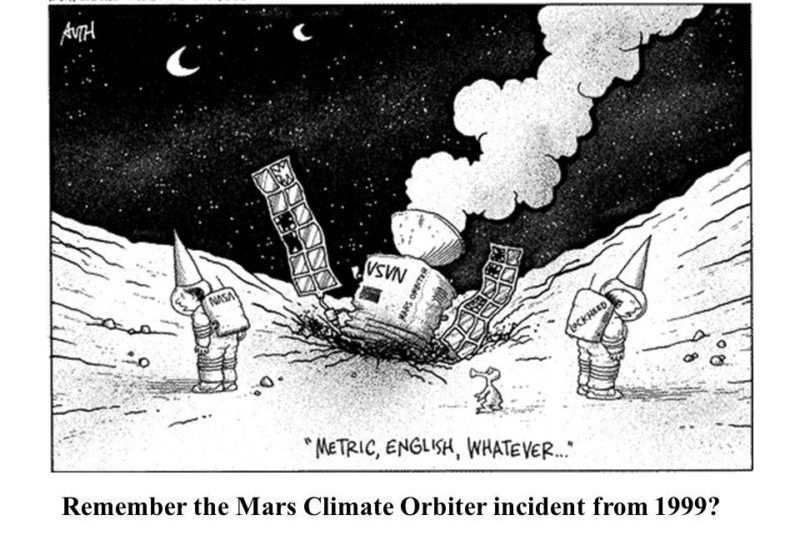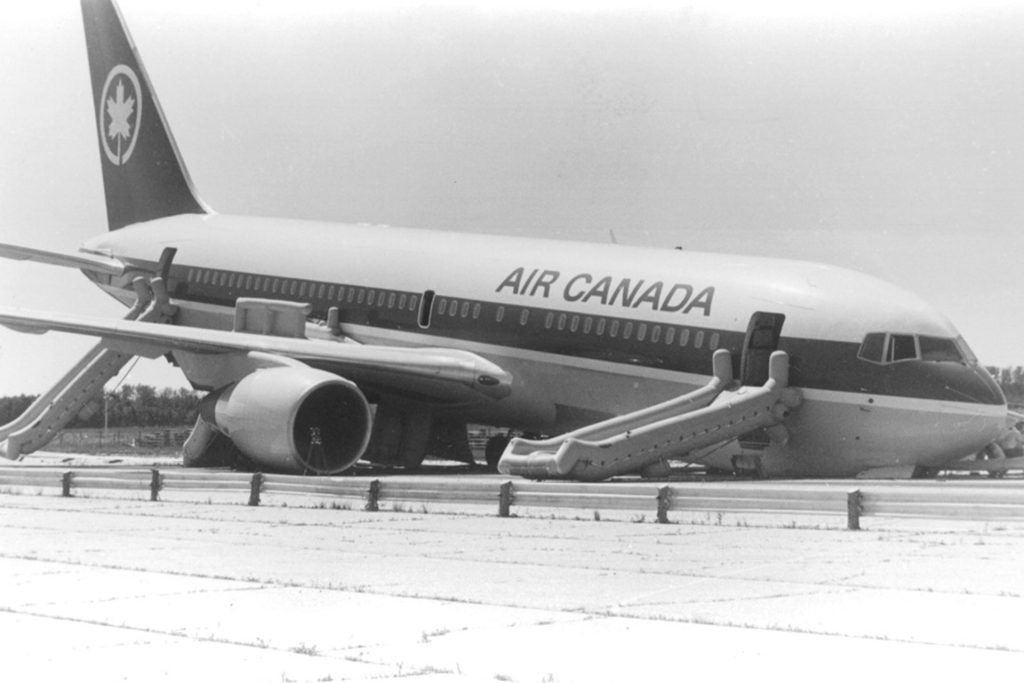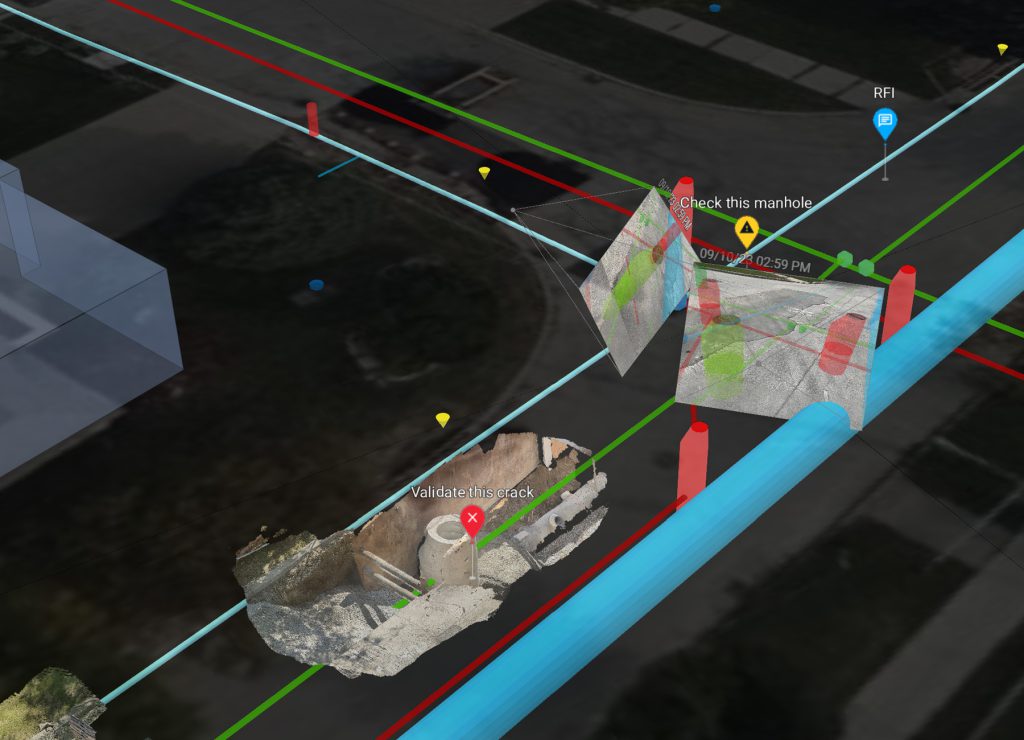Units of measurement vary widely across the globe. While the metric system is the international standard, imperial units and regional variations still see widespread use in industries such as construction, aerospace, and mapping. When teams from different regions or disciplines collaborate, even small misinterpretations of units can lead to massive errors.
History has shown that misunderstanding or miscommunicating units of measurement can result in serious and sometimes catastrophic consequences. As projects become more global and data-driven, the potential for unit-based errors increases.
Famous Examples: NASA Mars Climate Orbiter and The Gimli Glider

One of the most well-known examples of unit miscommunication occurred in 1999, when NASA lost the $125 million Mars Climate Orbiter. The spacecraft was meant to study the Martian climate but instead burned up in the planet’s atmosphere. The cause? A mismatch between two teams, one using imperial units (pound-seconds) while the other used metric units (newton-seconds). The software failed to reconcile the two, resulting in incorrect navigation commands and ultimately, mission failure.
This error was not due to hardware or complex calculations, but a simple failure to confirm which unit system was being used: proof that even the most advanced organizations can fall victim to basic measurement errors.

Another high-profile case was the 1983 “Gimli Glider” incident. A Boeing 767 ran out of fuel mid-flight because the ground crew miscalculated the fuel load, incorrectly converting between pounds and kilograms. The plane was loaded with only half the necessary fuel. Fortunately, the pilots managed to glide the aircraft to a safe landing on a decommissioned airstrip in Gimli, Manitoba, avoiding disaster. But the incident could have ended far worse, and it underscores the importance of verifying unit conversions, especially in high-stakes environments.
Fortunately, modern technologies are stepping in to address this issue, helping organizations detect, standardize, and correct inconsistencies in units of measurement before they become costly mistakes.
Modern Solutions: Technology Bridging the Gap
Today, technological advancements are significantly reducing the risk of these kinds of errors. With the growing need to integrate data from multiple sources and with each potentially using different coordinate systems, units, and measurement standards, automated systems now play a key role in detecting and resolving inconsistencies.

Platforms like vSite by vGIS are designed to bring together geospatial data from across the world, standardize varying measurement systems, and display accurate, real-time digital twins of infrastructure. vGIS aggregates data in a variety of units, from US Survey Feet and International Feet (which are often confused for one another), to meters and centimeters, and displays the data accurately side-by-side.
Traditional tools such as paper drawings and PDFs struggle to accurately represent datasets in relation to one another, particularly those that use different units or coordinate systems, making inconsistencies harder to identify. In contrast, vSite automatically converts units and aligns coordinate systems, allowing users to view all data in a unified, real-time environment where discrepancies are easier to detect.
By providing a consistent and reliable dataset, tools like vSite help professionals minimize the risk of costly errors. As digital infrastructure continues to evolve and more organizations adopt tools that prioritize accuracy and interoperability, unit-based errors are expected to become increasingly rare.
Conclusion
Units of measurement may seem like a small detail, but history has shown that overlooking them can lead to major consequences. From lost spacecraft to near-tragic aviation incidents, these failures serve as reminders of the importance of clarity and standardization. Thankfully, modern technologies like vSite are stepping up to close the gap. As platforms continue to evolve, the likelihood of such mistakes is diminishing, ensuring that data, and the decisions based on it, are as accurate as possible
